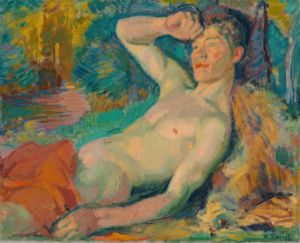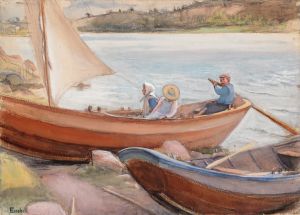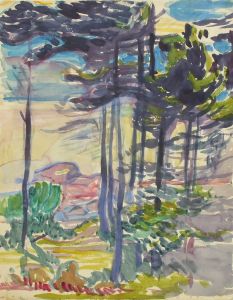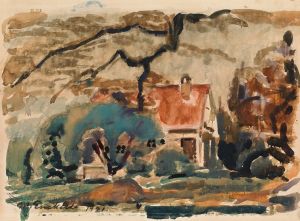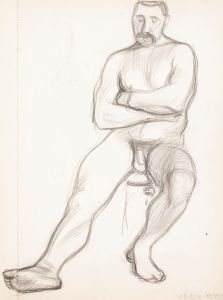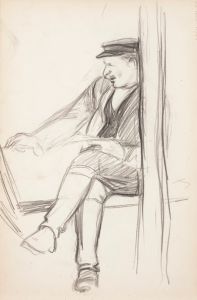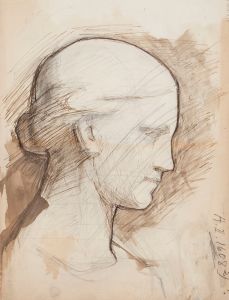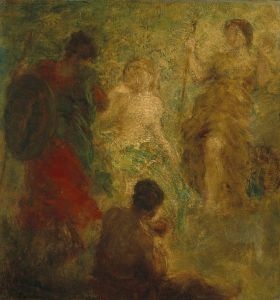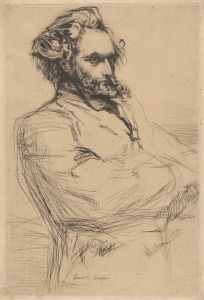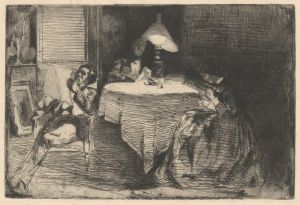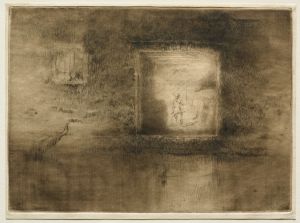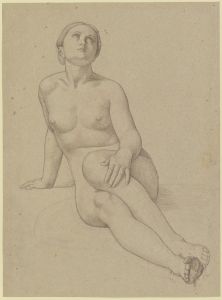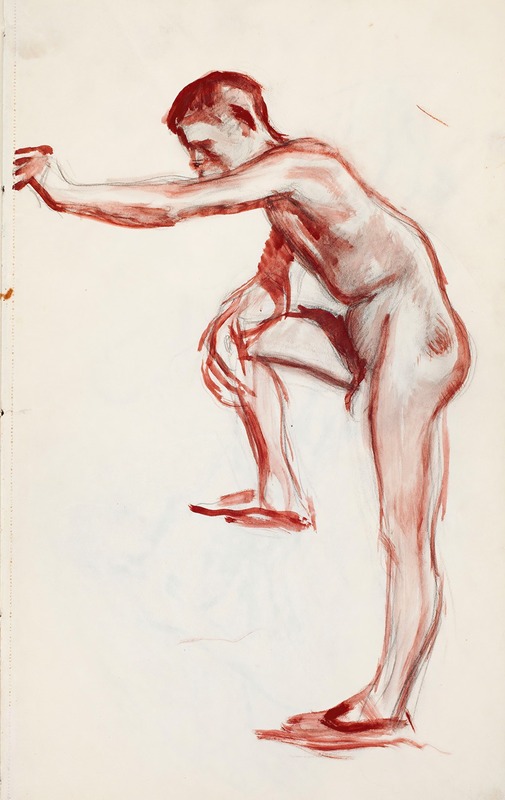
Alaston miesmalli
A hand-painted replica of Magnus Enckell’s masterpiece Alaston miesmalli, meticulously crafted by professional artists to capture the true essence of the original. Each piece is created with museum-quality canvas and rare mineral pigments, carefully painted by experienced artists with delicate brushstrokes and rich, layered colors to perfectly recreate the texture of the original artwork. Unlike machine-printed reproductions, this hand-painted version brings the painting to life, infused with the artist’s emotions and skill in every stroke. Whether for personal collection or home decoration, it instantly elevates the artistic atmosphere of any space.
Magnus Enckell's Alaston miesmalli (translated as Nude Male Model) is a painting created by the Finnish symbolist artist Magnus Enckell (1870–1925). Enckell is widely recognized as one of Finland's most prominent painters of the late 19th and early 20th centuries, known for his contributions to Symbolism and his exploration of themes such as human emotion, spirituality, and the human form.
Alaston miesmalli is an example of Enckell's focus on the male nude, a recurring subject in his body of work. The painting reflects his interest in the human figure as a means of expressing inner states and universal themes. Enckell's approach to the male nude was often characterized by a sense of calm, introspection, and simplicity, avoiding overt dramatization or embellishment. His works frequently emphasized the natural beauty and dignity of the human body, aligning with the ideals of Symbolism and the broader European art movements of the time.
The painting is executed in a restrained and delicate style, with soft, muted tones that highlight the contours and musculature of the male figure. Enckell's use of light and shadow creates a sense of depth and realism while maintaining an ethereal quality. This stylistic approach is typical of his early career, during which he often employed a subdued color palette and a minimalist composition to focus attention on the subject.
Magnus Enckell was a central figure in the Finnish art scene and played a significant role in introducing Symbolism to Finland. He studied at the Finnish Art Society's Drawing School in Helsinki and later continued his education in Paris, where he was influenced by the works of French Symbolists and other contemporary artists. His exposure to international art movements helped shape his unique style, which combined elements of Symbolism with his personal artistic vision.
While Alaston miesmalli is not as widely known as some of Enckell's other works, such as his frescoes in the Tampere Cathedral, it remains an important example of his exploration of the human form and his contribution to Finnish art. The painting is often appreciated for its technical skill, emotional depth, and its role in challenging traditional representations of the nude in Finnish art during the early 20th century.
Today, Magnus Enckell is celebrated as one of Finland's most influential artists, and his works continue to be studied and exhibited in museums and galleries. Alaston miesmalli exemplifies his ability to capture the essence of his subjects with sensitivity and artistic precision.






